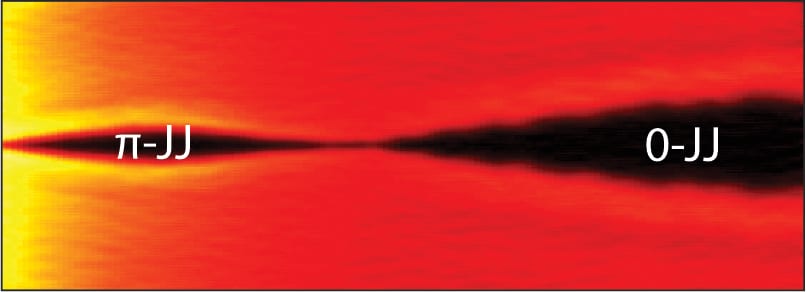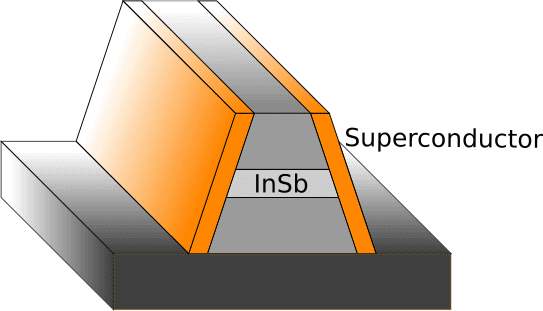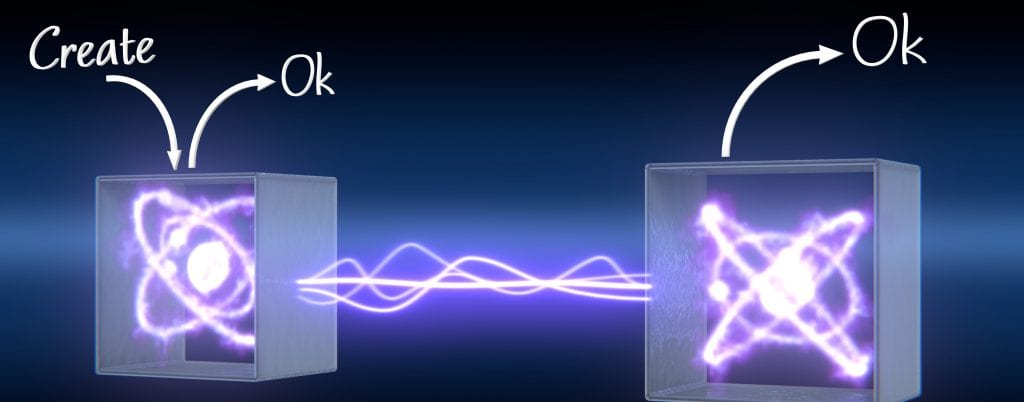30.08.2019Quantum Computing
New 2D platform for Majoranas

Majoranas are exotic particles that could be used to build powerful quantum computers in the future. To realize their full potential, Majoranas must be engineered on a scalable platform where several complex elements need to come together to construct a functional quantum bit. A team led by Dr. Srijit Goswami has now engineered a new hybrid platform, coupling high-quality 2D semiconductors to superconductors. The researchers from QuTech (a collaboration between TU Delft and TNO) and Microsoft Quantum, Purdue University published their results in Nature Communications.
Long distance superconductivity
Indium antimonide (InSb) is a semiconductor that stands out due to its superior material properties. In particular, Majoranas are expected to occur in this material at much lower magnetic fields than other semiconductors. However, 2D systems in this material were thus far missing a crucial ingredient for Majoranas: induced superconductivity. By sandwiching the InSb between two superconductors, the researchers created Josephson junctions (JJs) to demonstrate that superconductivity can indeed be induced in this material. What is more remarkable is that the high quality of the material, combined with the excellent interfaces, allowed them to observe superconducting transport over extremely large distances with minimal scattering from impurities.
Changing the nature of superconductivity
Superconductivity in a JJ is generally destroyed by magnetic fields. However, in JJs made of InSb, the superconductivity is restored at particular values of the magnetic field, resulting in a special kind of JJ (known as a π-junction). Recent theoretical studies have shown that these π-junctions can host Majoranas. By tuning various device parameters, the researchers identified specific regions in the parameter space where Majoranas would be expected to occur. Future experiments will exploit the unique properties of this new material platform to provide direct evidence of Majoranas and work towards integrating them with other auxiliary elements to create a topological quantum bit.


